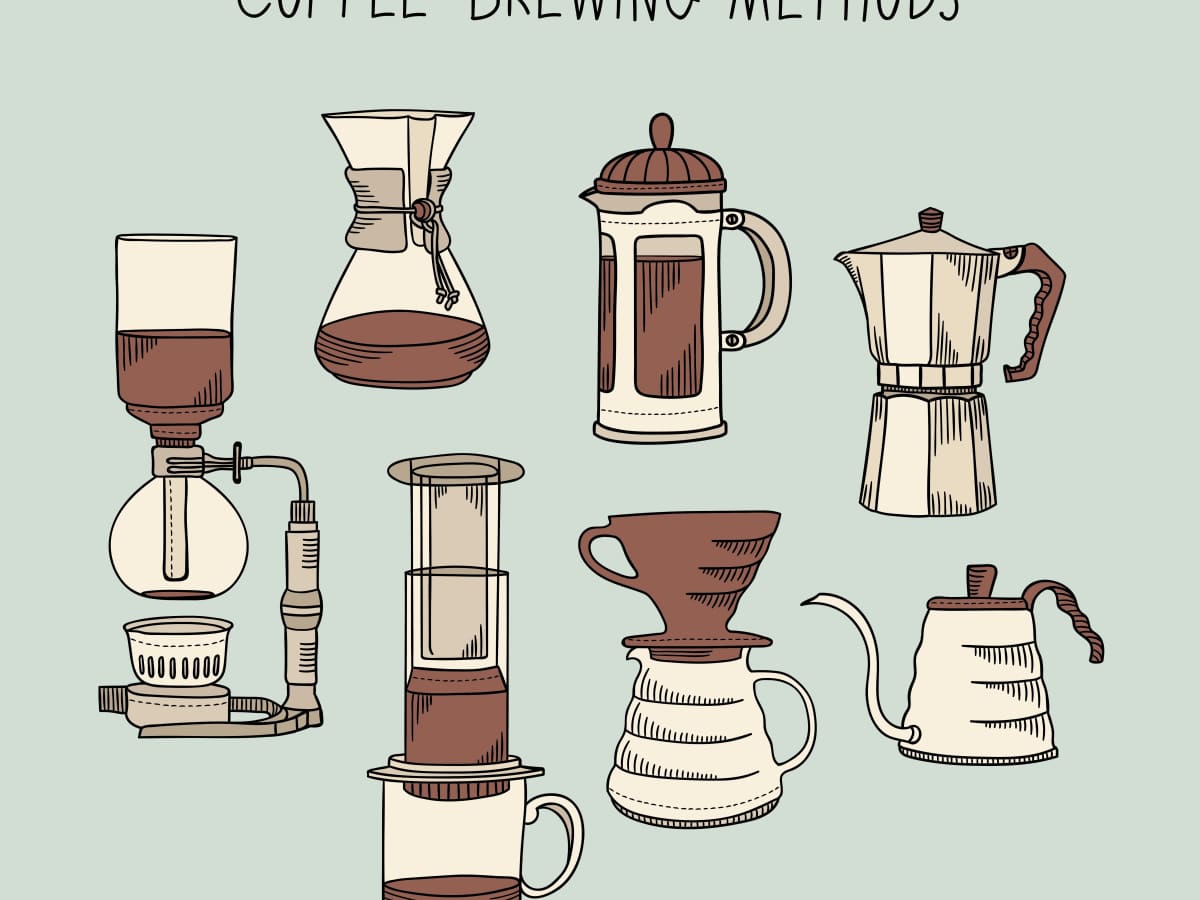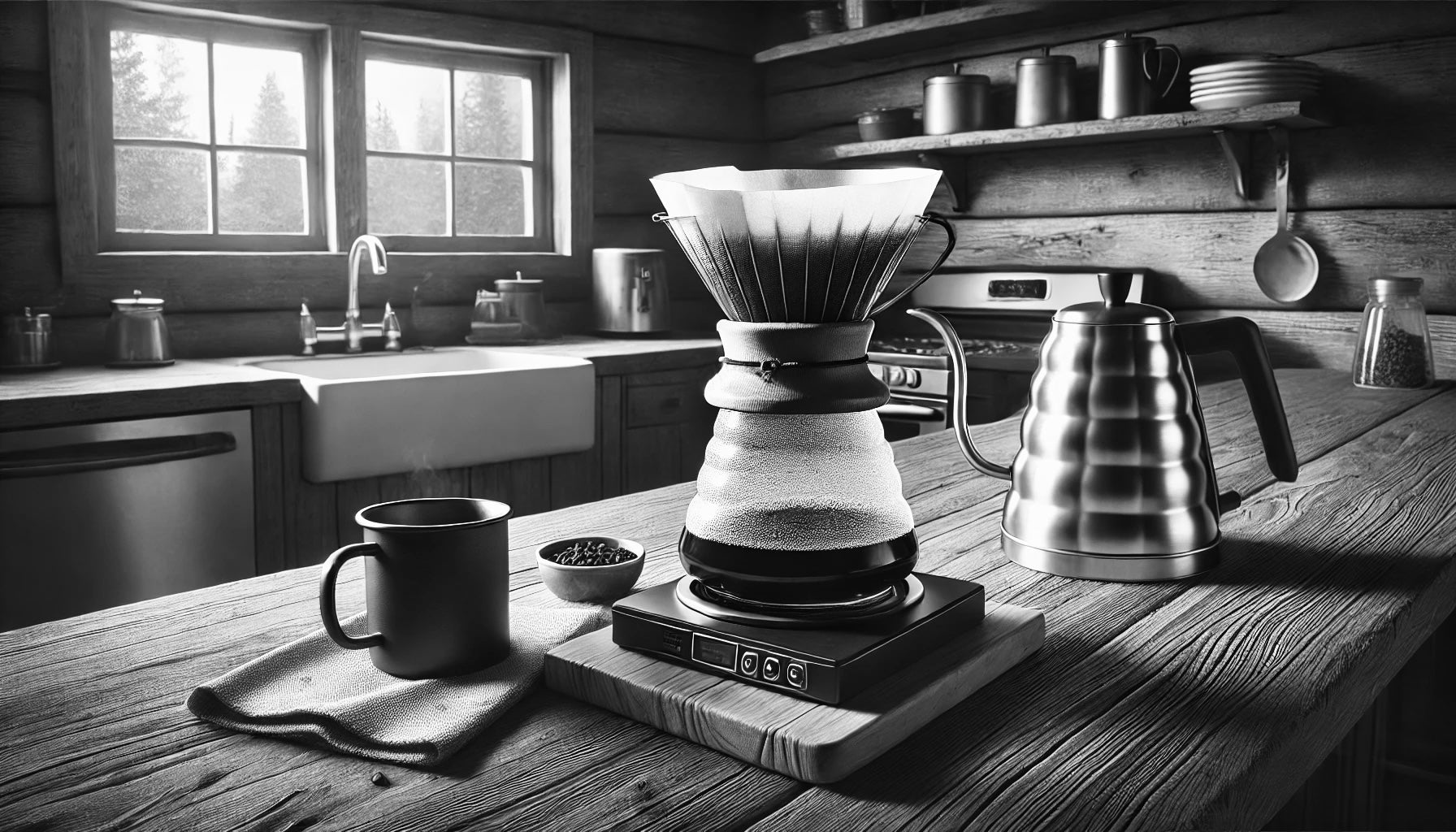The Scientific Research Behind Coffee Brewing: Just How Temperature Level and Time Affect Your Beverage
Comprehending the scientific research behind coffee brewing reveals that temperature level and time are not mere variables however critical elements that dictate the beverage's flavor account and general top quality. The optimal brewing temperature level normally falls in between 195 ° F and 205 ° F, while the period of removal differs substantially across different techniques. This interaction of elements can result in a cup that is either unsatisfactory or fascinating. As we explore the subtleties of these elements, the question occurs: just how can one successfully balance temperature level and time to attain that best brew?
The Chemistry of Coffee Removal
The chemistry of coffee removal looks into the detailed procedures that transform raw coffee beans into the aromatic drink taken pleasure in worldwide. This change largely includes the solubility of different compounds present in the beans, which are affected by factors such as grind size, water high quality, and the brewing method employed.
Throughout the developing procedure, hot water acts as a solvent, extracting soluble substances, consisting of high levels of caffeine, acids, sugars, and lipids, from the coffee premises. Each compound adds to the taste account, fragrance, and body of the last drink. Acids are accountable for brilliant and tangy notes, while oils contribute to an abundant mouthfeel.
The removal procedure is not consistent; various compounds dissolve at various rates. The initial phases of brewing extract acids and sugars, causing a pleasant acidity, while extended extraction can lead to resentment because of over-extraction of unfavorable substances. Recognizing these chemical communications is crucial for maximizing developing strategies, as the balance in between extraction time and water temperature level can significantly influence the total high quality of the coffee. Eventually, grasping the chemistry of coffee extraction is key to attaining a all-round and flavorful mug.
Suitable Brewing Temperatures
Finding the appropriate developing temperature level is necessary for opening the full potential of coffee flavors and fragrances - coffee brewing methods. Research suggests that the optimum range for developing coffee lies between 195 ° F to 205 ° F(90 ° C to 96 ° C) Within this range, the extraction process properly liquifies the preferable soluble substances in coffee beans, resulting in a well balanced and delicious cup
Brewing at lower temperatures, such as listed below 195 ° F(90 ° C ), may result in under-extraction, yielding a weak and acidic mixture with soft flavors. Conversely, brewing at temperatures surpassing 205 ° F(96 ° C) can lead to over-extraction, producing a bitter and rough preference due to the extreme dissolution of undesirable substances, such as tannins.
Furthermore, the excellent brewing temperature can vary depending on the coffee bean type and roast level. Lighter roasts typically benefit from a little greater temperature levels to enhance their complicated flavor profiles, while darker roasts might be much better fit to reduced temperatures to alleviate resentment.
Ultimately, maintaining precision in brewing temperature levels is essential for achieving an unified equilibrium of flavors, ensuring that every mug of coffee supplies an enjoyable sensory experience.
Impact of Developing Time
Developing time plays a critical duty in establishing the flavor account and total quality of coffee. The extraction procedure, which influences the taste, scent, and body of the drink, is largely reliant on how much time the coffee premises touch with water. Much shorter brewing times can result in under-extraction, causing a sour or weak taste, as inadequate soluble compounds are liquified. Conversely, prolonged developing can lead to over-extraction, where unwanted substances are released, causing a bitter or astringent preference.
Optimal developing time differs depending on the method used and the work size of the coffee. As an example, a French press generally needs about 4 mins, while espresso removal is usually finished within 25 to 30 secs. It is necessary to adjust brewing time in conjunction with various other variables, such as water temperature level and coffee-to-water ratio, to achieve the desired taste account.
Recognizing the influence of developing time allows coffee lovers to fine-tune their developing methods, eventually enhancing the sensory experience of their cup (coffee brewing methods). With cautious attention to this variable, one can unlock the complete possibility of the coffee, revealing why not look here its unique characteristics and nuances
Developing Methods and Their Impacts

For instance, approaches like French press and cold brew permit a much longer steeping time, resulting in a fuller body and robust taste due to boosted removal of oils and soluble solids. On the other hand, coffee brewing uses high stress and a shorter removal time, generating a concentrated shot that stresses intense tastes and an abundant crema.
Pour-over methods, such as Chemex or V60, offer a more controlled extraction procedure, permitting the maker to control circulation price and water circulation, which can boost illumination and clearness. At the same time, percolation techniques cycle water with the coffee premises several times, bring about a stronger, usually bitter flavor.
Finally, the use of paper filters versus steel filters can likewise impact the final preference; paper filters typically generate a cleaner cup by capturing oils and great bits, while steel filters enable more oils to go through, adding to a fuller mouthfeel - coffee brewing methods. Understanding these nuances can boost the coffee experience significantly
Tips for Perfecting Your Mixture
A well-executed brew can change even the most basic coffee right into an impressive experience. Grind the beans simply before making to optimize quality, guaranteeing the work size matches your developing technique-- coarser for French press and finer for espresso.
Water top quality plays an essential function; use filtered water devoid of pollutants. The excellent brewing temperature ranges in between 195 ° F and 205 ° F(90 ° C to 96 ° C ) Too hot can swelter the coffee, while too great might under-extract tastes.
Timing is similarly essential. For immersion methods, soaking for three to 5 minutes is optimal, whereas drip methods usually take about five minutes. Explore brew times to locate your favored toughness.

Verdict
In recap, the complex relationship in between temperature and time is critical in the coffee developing procedure. Understanding these clinical principles empowers people to improve their brewing methods, eventually leading to an extra pleasurable and helpful resources well balanced coffee experience.
Comprehending the science behind coffee brewing exposes that temperature level and time are not mere variables however critical aspects that determine the drink's flavor account and general quality. Understanding these chemical communications is essential for optimizing brewing methods, as the equilibrium in between extraction time and water temperature can substantially affect the overall high quality of the coffee.Brewing time plays an essential role in figuring out the taste profile and total top quality of coffee. By concentrating on these elements-- bean top quality, grind dimension, water temperature, soaking time, and proportion-- you can elevate your coffee developing procedure, resulting in a consistently remarkable mug.
In news recap, the complex partnership between temperature level and time is paramount in the coffee developing process.